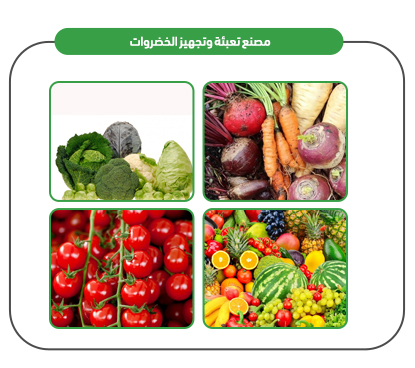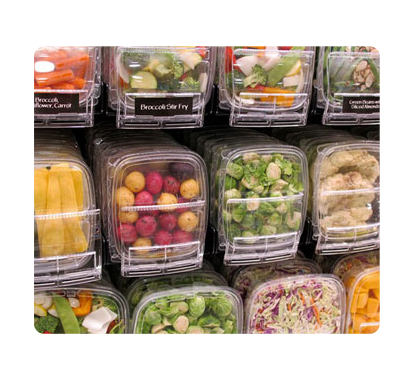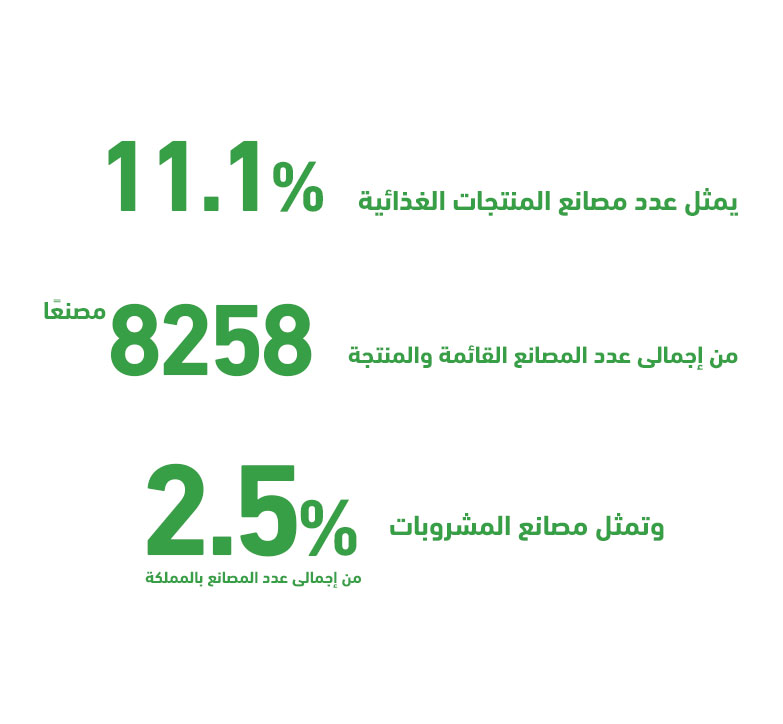Feasibility study for a vegetable packaging and processing plant with an investment of 2 million dollars. The project: is to establish a vegetable processing and packaging plant for a vegetable and fruit factory, where the project will package and freeze (carrots, potatoes, onions, garlic, okra, peppers, cucumbers, squash, tomatoes, beans, spinach, molokhia, parsley, lettuce, oranges, apples)

Feasibility study of a vegetable packaging and processing plant with an investment of $ 2 million. The project: is to establish a vegetable processing and packaging plant for a vegetable and fruit factory. The project packages and freezes (carrots, potatoes, onions, garlic, okra, peppers, cucumbers, squash, tomatoes, beans, spinach, molokhia, parsley, lettuce, oranges, apples). The project sterilizes and packages vegetables and fruits through a laboratory specializing in the factory to examine the products before they enter the factory and sterilize them from pesticides and bacteria before packaging. They are tightly packaged to keep them fresh in ways that preserve their nutritional and physical properties to extend their shelf life. The vegetable packaging and processing plant project also aims to contribute to methods of preserving damaged vegetables and fruits, which is reflected in achieving food security and reducing imports. An alliance is made with national farms that contribute to applying standards to raise the quality of fruits and pre-harvest procedures on farms. The project targets hotels, hospitals, restaurants, supermarkets, hypermarkets, and the wholesale and retail sectors.



Executive Summary
Study of project services/products
Market size study.
Risk assessment study.
Technical study
Financial study.
Organizational and administrative study.

The GCC countries comprise only 0.7% of the world’s population; however, they account for 3% of global spending on processed food and beverages, amounting to $102 billion out of a total of $3.4 trillion. This indicates a high per capita food consumption in the region, exceeding the global average.
This is not surprising when we take a closer look; the population of the GCC countries now exceeds 58 million, with approximately 56.3% of them falling within the age group of 25 to 54 years. This vital and youthful demographic forms the backbone of the food industry market, being the most dynamic compared to other age groups.
Saudi Arabia alone accounts for around 59.7% of the total GCC population and holds over 53% of the region’s food and beverage market share. Given this, “Mashroo3k” has decided to present key indicators of this vital market in the Kingdom, based on the latest available statistics.
